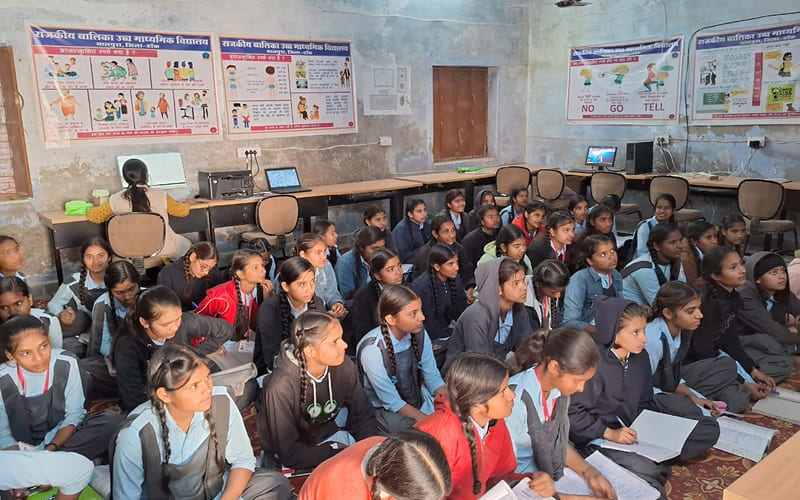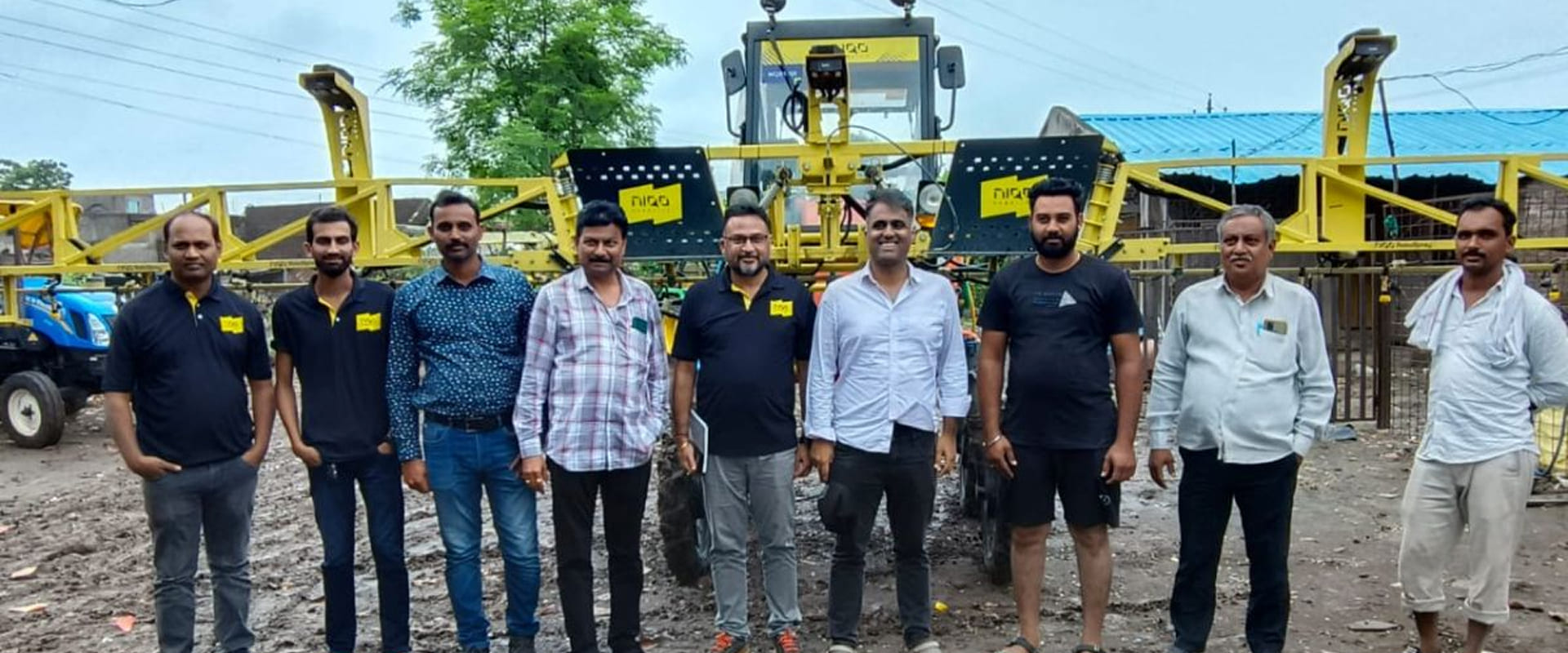
See, Select, Spray: How Niqo Robotics is Cutting Pesticide Use with AI-Powered Farming
Founded by engineer Jaisimha Rao, Niqo Robotics is ushering in a new era of sustainable agriculture with AI-powered spot spray robots. These machines use computer vision to identify weeds and target only the affected plants, cutting down pesticide usage, reducing costs, and preserving soil health. Currently deployed in Maharashtra and Karnataka, the robots are already helping over over 3,000 farmers across India and USA make the shift from chemical-heavy practices to precision farming.
Updated on: 19 June 2024
Impact Metrics
50–60%
reduction in pesticide use
Lower Farming Costs
better soil health for 3,000+ farmers across 140,000 acres in India and USA.
In India, pesticides are still sprayed uniformly across entire fields—regardless of where weeds actually grow. This approach results in excessive chemical use, soil damage, unnecessary expenses, and long-term harm to farmers’ health. According to Rao, the reality is stark: “For every acre, farmers might use 150 litres of spray. But the weeds that actually need to be sprayed may be covering just 10–15% of the field.”
Despite growing awareness about sustainable agriculture, most farmers still lack access to tools that can help them adopt smarter practices without increasing operational complexity or cost.
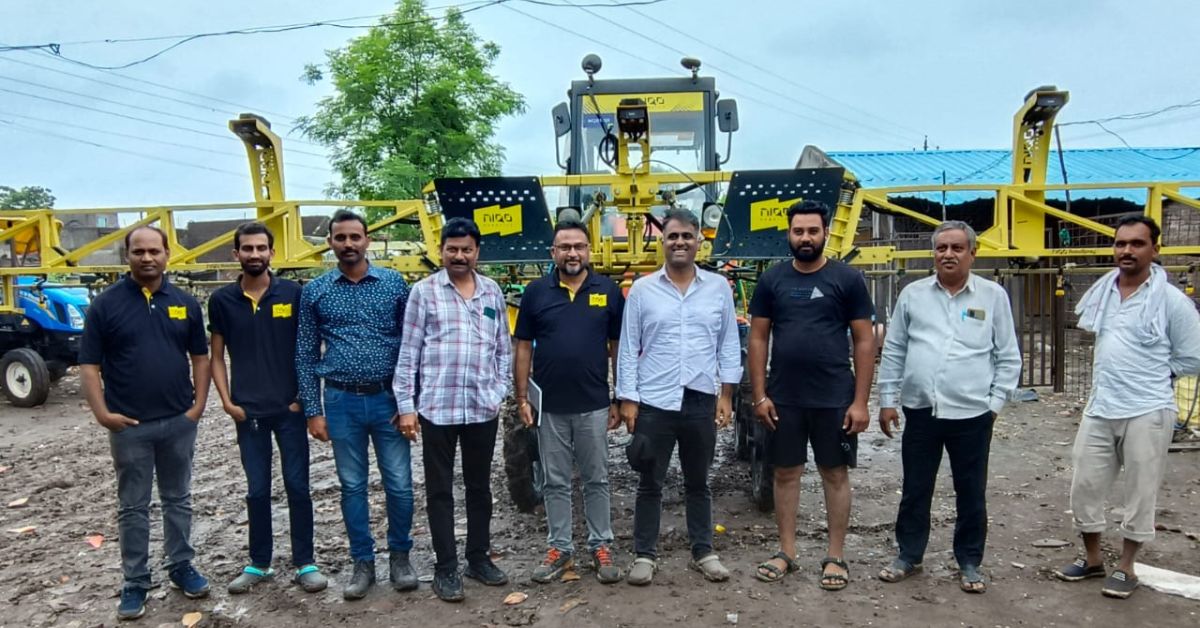
The spark of innovation: from drone dreams to grounded solutions
Jaisimha Rao initially explored drone-based spraying systems. But field visits—particularly one to a coffee plantation near Bengaluru—made him realize drones might not be the most scalable solution for India’s diverse crops and terrains. What farmers needed was an intelligent, ground-based solution: something mobile, affordable, and able to adapt to local conditions.
Founded in 2015, Niqo Robotics pivoted to designing AI-powered robots that could detect and selectively spray only weeds, using computer vision and machine learning. The result was a machine that could “see” in real time and act with surgical precision.
Inside the machine: how spot spray works
Niqo’s robots are equipped with high-resolution cameras and AI models trained to differentiate between crops and unwanted plants. As the robot moves across a field, it rapidly scans each section, making on-the-spot decisions about where to spray and where to skip.
The device is compatible with standard tractor-mounted sprayers, making it easy for farmers to adopt without new infrastructure. On average, farmers are able to reduce pesticide usage by 50–60%, leading to not just savings, but lower environmental impact and better long-term soil health.
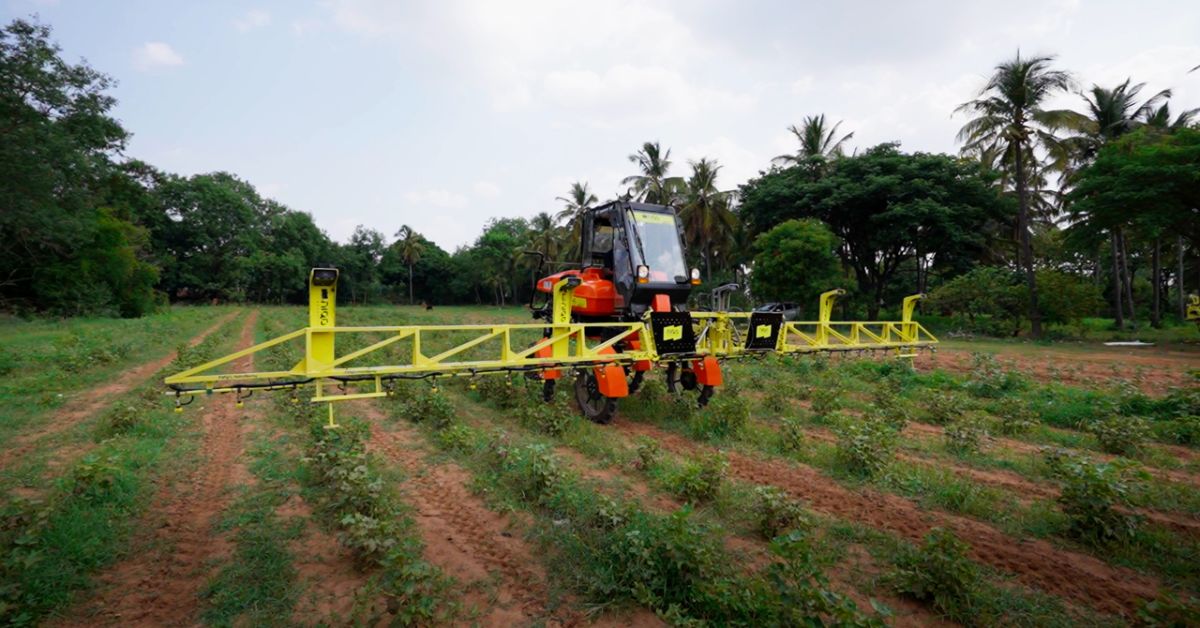
Results from the ground
Over 3,000 farmers across India and the US, spread across over 1,40,000 acres, have used Niqo’s robots. They report not just cost reductions, but improved operational efficiency and healthier crops. “The robot doesn’t tire, doesn’t miss spots, and doesn’t over-spray,” said one early user. With each acre treated, farmers are seeing a direct cut in chemical spend and labour time, while also reducing the risk of chemical exposure.
Farmers appreciate that the robot works in daylight and darkness, and that it requires minimal training to operate—an important factor for adoption in regions where digital literacy may be limited.
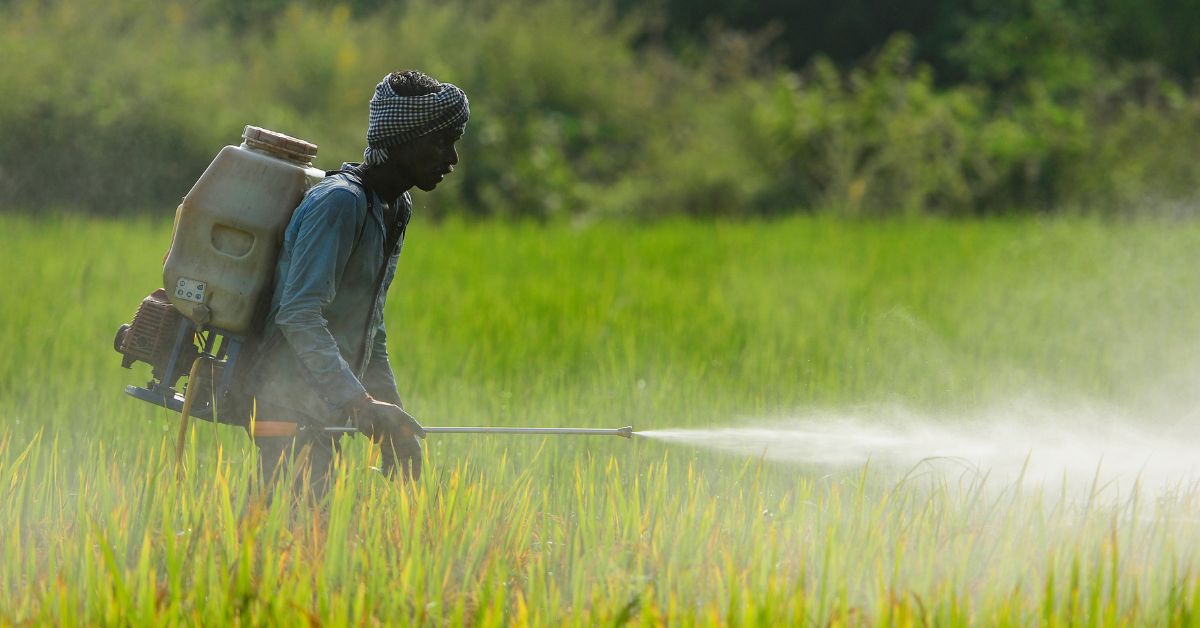
Scaling up smart farming in India
Niqo’s technology offers a replicable model for scalable, precision agriculture. Its success lies in being farmer-first—built to integrate into existing farm operations rather than disrupt them. As concerns over soil health, environmental degradation, and farm incomes rise, solutions like Niqo’s robots present a timely intervention.
Plans are underway to expand to more states and increase robot availability through rental models and service partners, making smart spraying more accessible to small and marginal farmers.
A smarter spray, a stronger future
Niqo Robotics is not just an agri-tech company—it’s a new lens on farming. By using AI to reduce pesticide overuse, save money, and improve precision, it is helping Indian agriculture shift from input-intensive to intelligence-intensive. In doing so, it’s giving farmers a new kind of power: the ability to see clearly, act precisely, and grow sustainably.
Share Your Story Today, Shape Viksit Bharat Tomorrow
Got an idea, innovation, or experience that's making a difference? Share your story now and ignite India's transformation because your voice can drive the future forward!
BUILD YOUR OWN
BUILD YOUR OWN
How can I implement this innovation effectively?
How is this innovation being adopted around the world?
Where else could this innovation make an impact?
Who has seen real results from using this innovation?
What insights do experts share about this innovation?
What policies support or influence this innovation?
How could this innovation evolve in the future?
Is this innovation accessible and inclusive for everyone?
How can I contribute to or participate in this innovation?
What resources can help me explore this innovation further?
Handpicked stories tailored just for you
Explore stories that inspire, inform, and ignite new ideas across tech, innovation, and real-world impact


Tele-ICU Technology Revolutionizes Critical Care Access Across India
Bengaluru-based Cloudphysician is transforming ICU care with its Tele-ICU platform, connecting hospitals to remote intensive care experts 24/7. Co-founded by...
Read More



